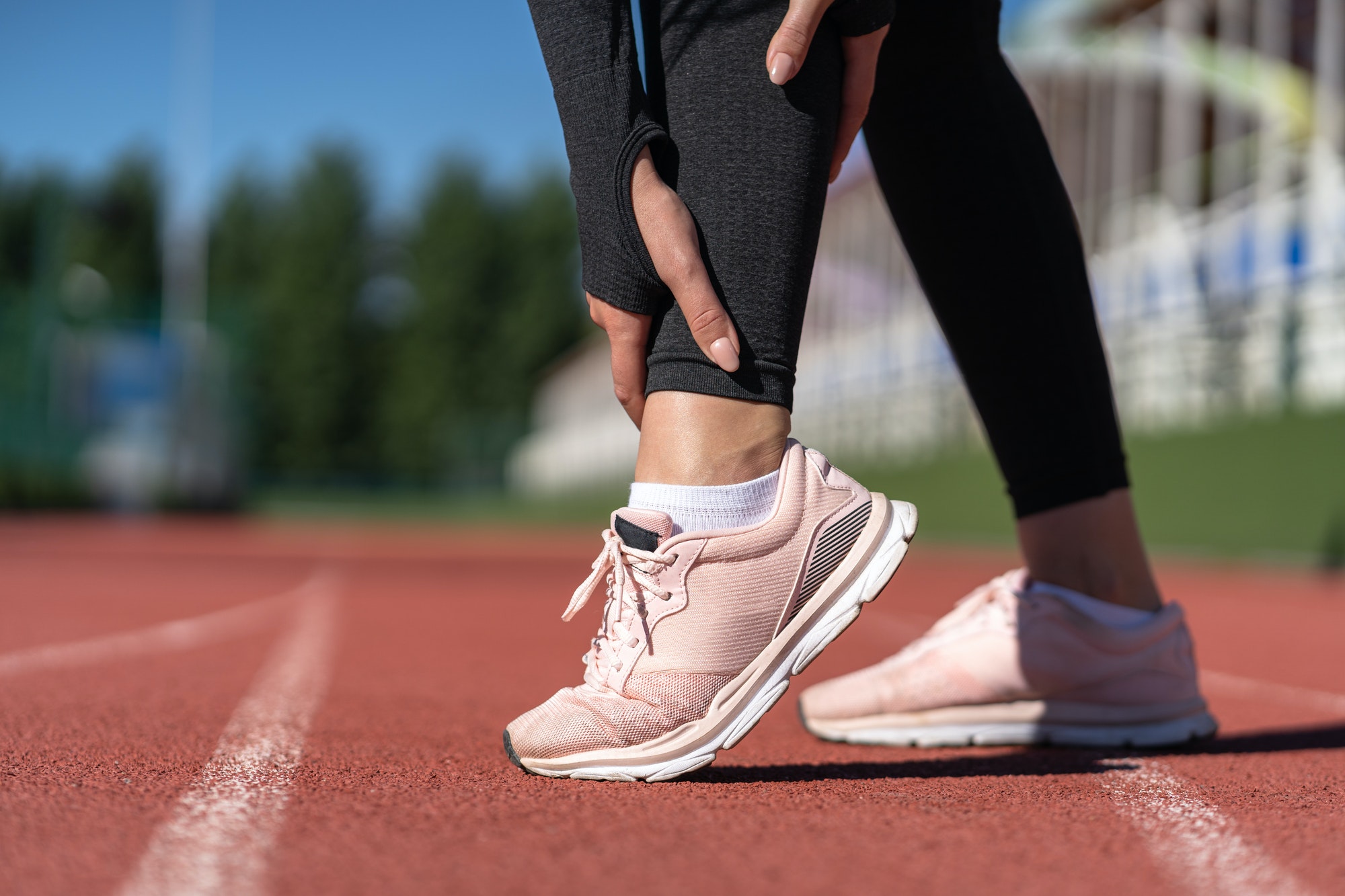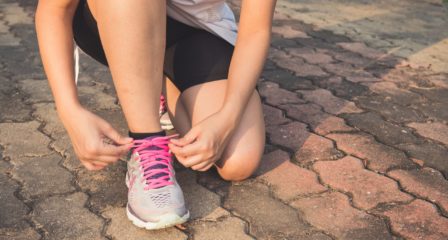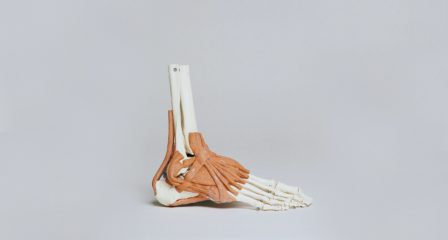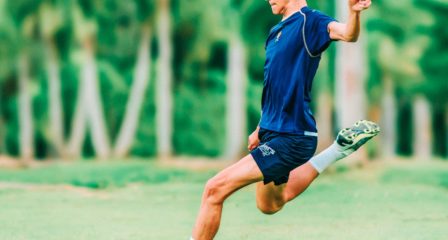Pain behind your ankle may be posterior impingement not achilles pain
Following on from ankle sprains, pain behind the ankle cannot always be assumed to be achilles pain. A lot of other structures lay behind the ankle, including muscles, tendons, nerves, veins, arteries, the end of your tibia, fibular, talus (bone that sits under your tibia) and the heel bone. Two joints, namely talocrural and subtalar joints, control your ankles movement up/down and inwards/outwards. Tissues that run behind the ankle and subtalar joint can become inflamed between the two ankle joints, largely the subtalar joint, usually when the toes are pointed.
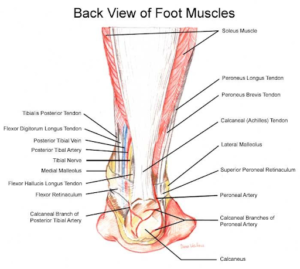
Terminology such as posterior ankle impingement may sound familiar, with pain when coming up onto toes behind or to the sides of the ankle. Whilst this movement may provoke angry tissue sources or the joint capsule, this usually isn’t the cause of them becoming inflamed in the first place. You may feel like your ankle is puffy at the back and on the sides of your achilles, pain may be felt when walking or running when you push off, when you’re resting in bed or with your feet up on the couch with your heel pressed down to the mattress/couch.
As with ankle sprains, intrinsics factors such as range of motion of your ankle in an up and down motion, plus inwards and outwards motion can affect the amount of work muscles, tendons and ligaments have to do. Strength and power of your calf and foot can be big contributors to posterior impingement pain. The quality of your calf raise and ability to maintain control through range should be assessed, as well as during more powerful activities like hopping and running. Running video analysis may be warranted to look at stride pattern and landing mechanics.
Extrinsics factors can be similar to ankle sprains; training volume and frequency, bodyweight, footwear, walking load through the day can all be big contributors to posterior impingement. Modifications to these factors can need time to adjust and settle tissue sources, also finding a balance to maintain training volume if you are training for an event date.
Commonly, people affected with this pain can try to avoid positions up on toes and can subconsciously compensate with their ankle rolled inwardly. This can predispose them to future ankle sprains, calf injuries and foot pain. It is therefore important to, as accurately as possible, differentiate tissue sources that may be contributing to then correct mechanics and load to avoid reaggravation. This may involve looking at movements of the ankle joint, big toe, other toes, knee and hip to name a few.
